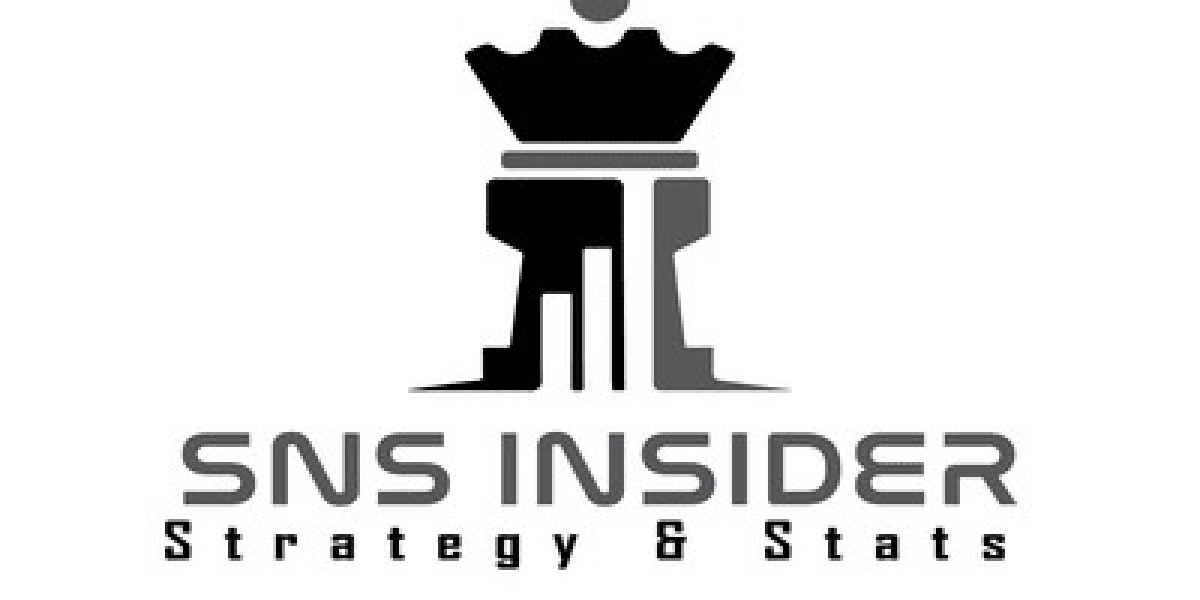What are the characteristics of aluminum profiles?
The production of aluminum profile frame is the frame profile produced by extrusion of aluminum bar.
Corrosion resistance: the density of aluminum profile is only 2.7g/cm3, about 1 / 3 of that of steel, copper or brass (7.83g/cm3, 8.93g/cm3, respectively). In most environmental conditions, including air, water (or salt water), petrochemistry and many chemical systems, aluminum can show excellent corrosion resistance.
Conductivity: aluminum profiles are often selected because of their excellent conductivity. On the basis of equal weight, the conductivity of aluminum is close to 1 / 2 of that of copper.
Thermal conductivity: the thermal conductivity of aluminum alloy is about 50-60% of that of copper, which is beneficial to the manufacture of heat exchanger, evaporator, heating appliances, cooking utensils, as well as the cylinder head and radiator of automobile.
Non ferromagnetism: aluminum profiles are non ferromagnetic, which is an important feature for the electrical and electronic industries. Aluminum profiles can not self ignite, which is important for applications involving handling or contact with flammable and explosive materials.
Machinability: the machinability of aluminum profiles is excellent. In all kinds of deformed aluminum alloy and cast aluminum alloy, as well as in all kinds of states that these alloys have after they are produced, the change of machining characteristics is quite large, which requires special machine tools or technologies.
Formability: specific tensile strength, yield strength, ductility and corresponding work hardening rate control the change of allowable deformation.
Recoverability: aluminum has a very high recoverability, and the characteristics of recycled aluminum are almost the same as that of primary aluminum.
The above is about the characteristics of aluminum profile.
Aluminium profiles
Aluminium profiles are by-products usually for structural purposes. It is possible to distinguish three types of profiles according to their use: construction, architectural and industrial.
Construction profiles: this profiles offers high bending and torsional stiffness despite their low net weight. Solar panel frames, structures for working platforms and scenarios, etc.
Architectural profiles: For this applications is very important the surface finish. Architectural profiles are used to made frameworks for windows, doors and curtain walls.
Industrial purposes: On industry aluminium profiles are used to several purposes where is not too important his stiffness or quality surface, but a combination of both along with other characteristics of the material, such as conductivity, provides a wide variety of uses in industry to this by-product. Some examples can be: cable channels systems, heat sinks, air conditioning, cabinets and furniture, etc.
Thermal treatments
Aluminium as most of metals, requires heat treatments to obtain the desired mechanical properties. For aluminium, as to nickel or titanium, the hardening process is by aging. For this reason is important define the heat treatment according to the application. The three more common heat treatments applied to aluminium profiles are:
T4: Tempered from the solution temperature by forced air, natural aging.
T5: Tempering treatment from the extrusion temperature using forced air, then artificial aging. It is the most common heat treatment on aluminum profiles to doors and windows profiles.
T6: Tempered from the solution temperature by water (under 40ºC) and artificial aging.
Surface treatments
The followings are the most common surface treatments of our aluminum profiles, to allow our customers satisfaction for any constructive necessity.
Polished: is the process of creating a smooth and shiny surface by rubbing it or using a chemical action.
Anodized: is a characteristic aluminium coating, this method consist on increase the thickness of the natural oxide layer on the surface of aluminium parts, to obtain greater strength and durability components.
Powder coating: it can produce thicker coatings than conventional liquid coatings without running or sagging.
uPVC Windows Profile Options
uPVC windows profile come in various shapes, sizes and colour options. The different uPVC systems are suitable for both domestic and light commercial use. Once you have made the decision to purchase new uPVC windows, the cost will be determined by a number of factors:
Number of windows and doors required
Size of windows and doors required
Colour and profile type, also called the system chosen
Choice of glass, whether double glazing or triple glazing for uPVC windows
Specification of glass, e.g. toughened, laminated, decorative etc.
Hardware options, handle type and colour for example
Cost of installation if not supply only
Other personal preferences
uPVC Profile Options
There are various uPVC windows profiles available for you to choose. The profile type, also referred to as the system, determines what the finished window looks like. Here, we we are concentrating on the profile options that Deceuninck extrude. We use these profiles to manufacture our uPVC windows and doors. The profile types are:
Chamfered (referred to by Deceuninck as Traditional 2500 Series)
Sculptured (referred to by Deceuninck as Heritage 2800 Series)
Flush (2800 referred to by Deceunick as Heritage Flush Sash)
Why choose a Deceuninck profile? Deceuninck are a leading extruder of premium PVCu products. They are renowned in the industry for quality and excellence.
We cover in more detail what the main differences are below, but to summarise:
Chamfered (2500) sash windows offer a similar look to sculptured but with a sharper looking detail
Sculptured (2800) sash windows on any outward opening window stand proud of the frame, overlapping it all around
Flush casement windows have the opening sashes sitting within the frame and flush with the outside and inside face of the window
Deceuninck Chamfered (2500) and Sculptured (2800) series profile can be used for:
Casement Windows
Tilt Turns
Residential Doors
Patio Doors
Painted Windows
Angled/Arched Frames
If you require the uPVC Casement Flush Sash, this is only available in Deceuninck 2800 series profile.
The 2500 uPVC windows profile is a chamfered system. It is technically advanced and has high performance. It compliments both traditional and contemporary properties with a smooth and stylish simplicity. These uPVC Windows comply with all current Building Regulations. They provide excellent thermal insulation and soundproofing and are compatible with all standard security hardware. They are internally beaded. Internal beading prevents forced entry. In addition, they possess multi-point shoot bolt locking as standard for superior security protection. Available in a wide range of durable coloured foils and stylish coated finishes. The 2500 is perhaps more suited to commercial developments including installation of modern windows or new build projects. Both double and triple glazing are available with the 2500 Series Profile. For those looking for clean, sharp, modern lines the 2500 Series Profile is the one to choose.
2800 uPVC windows profile is sculptured or decorative in shape. It has a unique, modern shape with smooth contours and is an outstanding addition to any building. Available in a wide range of foils and colour coated finishes that will compliment your home. This system has all the features and benefits of the 2500 system as listed above. It compliments both traditional and contemporary properties, but is perhaps more suited to residential applications. For those looking for a more decorative, ornate or traditional look the 2800 Series Profile is the one to choose.
Aluminium: Specifications, Properties, Classifications and Classes
Aluminium is the world’s most abundant metal and is the third most common element comprising 8% of the earth’s crust. The versatility of aluminium makes it the most widely used metal after steel.
Production of Aluminium
Aluminium is derived from the mineral bauxite. Bauxite is converted to aluminium oxide (alumina) via the Bayer Process. The alumina is then converted to aluminium metal using electrolytic cells and the Hall-Heroult Process.
Annual Demand of Aluminium
Worldwide demand for aluminium is around 29 million tons per year. About 22 million tons is new aluminium and 7 million tons is recycled aluminium scrap. The use of recycled aluminium is economically and environmentally compelling. It takes 14,000 kWh to produce 1 tonne of new aluminium. Conversely it takes only 5% of this to remelt and recycle one tonne of aluminium. There is no difference in quality between virgin and recycled aluminium alloys.
Applications of Aluminium
Pure aluminium is soft, ductile, corrosion resistant and has a high electrical conductivity. It is widely used for foil and conductor cables, but alloying with other elements is necessary to provide the higher strengths needed for other applications. Aluminium is one of the lightest engineering metals, having a strength to weight ratio superior to steel.
By utilising various combinations of its advantageous properties such as strength, lightness, corrosion resistance, recyclability and formability, aluminium is being employed in an ever-increasing number of applications. This array of products ranges from structural materials through to thin packaging foils.
Alloy Designations
Aluminium is most commonly alloyed with copper, zinc, magnesium, silicon, manganese and lithium. Small additions of chromium, titanium, zirconium, lead, bismuth and nickel are also made and iron is invariably present in small quantities.
There are over 300 wrought alloys with 50 in common use. They are normally identified by a four figure system which originated in the USA and is now universally accepted. Table 1 describes the system for wrought alloys. Cast alloys have similar designations and use a five digit system.



